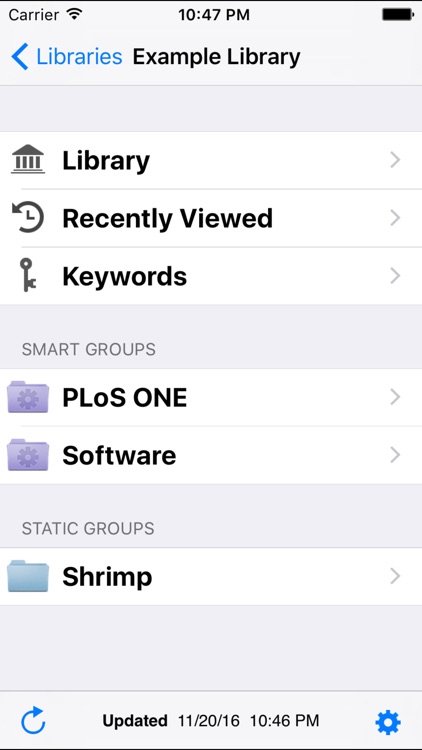

#Bibdesk copy and paste bibtex download#
BibDesk’s integrated BibTex download is a nice little feature, but sometimes a bit slow and unreliable.BibDesk is a bibliographic reference manager for OS X. Last but not least, I find Google’s “copy-and-paste BibTex” much quicker to use than the journals’ ‘download-to-file’. Thus, wherever you get your bibliographic data from, you will have to proofread and edit it. However, they win out in terms of the information provided in the citation. Journals’ and Librarys’ tend to suffer from non-tex characters in their citations.

Google Scholar is very reliable for articles, less so for book chapters. Overall, it’s all up to your own preferences what you use. Unfortunately, this doesn’t work on all sites, and it can a bit temperamental, too. There, after activating Bibtex export in Google Scholar (see above), or simply by browsing journal websites and even Wikipedia (!), BibDesk allows you to import the bibliographic information with a single click: With BibDeskīibDesk users can do all this from within the application! BibDesk has an integrated web browser that you can access through the navigation menu on the left, in the main library window. If no BiBTex is available, BibDesk users can also revert to RIS). However, non-tex compatible characters are common and references often require a little editing before they compile. Here, the references are more extensive, and also contain DOI and first names of authors. These sites often offer you either *.bib file or an unnamed text file, that you can simply copy and paste from. Elsevier’s Science Direct, SpringerLink and JSTOR offer similar links, often randomly scattered on the site. Thus, on PLoS One, you simply need to click on “Download … citation” (surprise!), and you will be directed to a dialogue to select the right file. Virtually all major publishers and online libraries allow the export references from their websites. Since I have used neither of those, I cannot comment on how well it does that. Google Scholar also provides export into Endnote, Refman, Refworks, and Wenxiangwang. To insert a BibTex reference into BibDesk, you can also press + +. Just copy and paste this into your reference manager. After that, every search features an “Import to BibTex” link under each article that will direct you the BibTex markup: Unfortunately, the initials are not separated by spaces, and the apacite package.īefore you can use Scholar’s BibTex import, you have to activate the feature in the Google Scholar Preferences. The former is annoying, because the APA citation style requires it, the latter I don’t mind so much, since the initials suffice for most styles. Unfortunately, Google Scholar does not provide you with a DOI and authors’ first names. Google scholar provides a huge database for all sorts of articles and bibliographic information is generally well organised and, with a few exceptions, filtered for non-tex characters, so your Bibtex reference manager shouldn’t throw any errors. You should be reasonably confident in your usage of BibDesk or Bibtex. This article is more advanced than the previous one. Some of these hints also work with other reference managers. In part II, I will briefly hint at different means of extracting bibliographical data from Google Scholar and journal websites, that can be used by BibDesk and other BibTex based software. In part I of this brief guide to academic referencing software, I introduced BibDesk and Mendeley as two examples of full-featured referencing software. Easing the pain of referencing, part II: Gathering bibliographical information.


 0 kommentar(er)
0 kommentar(er)
